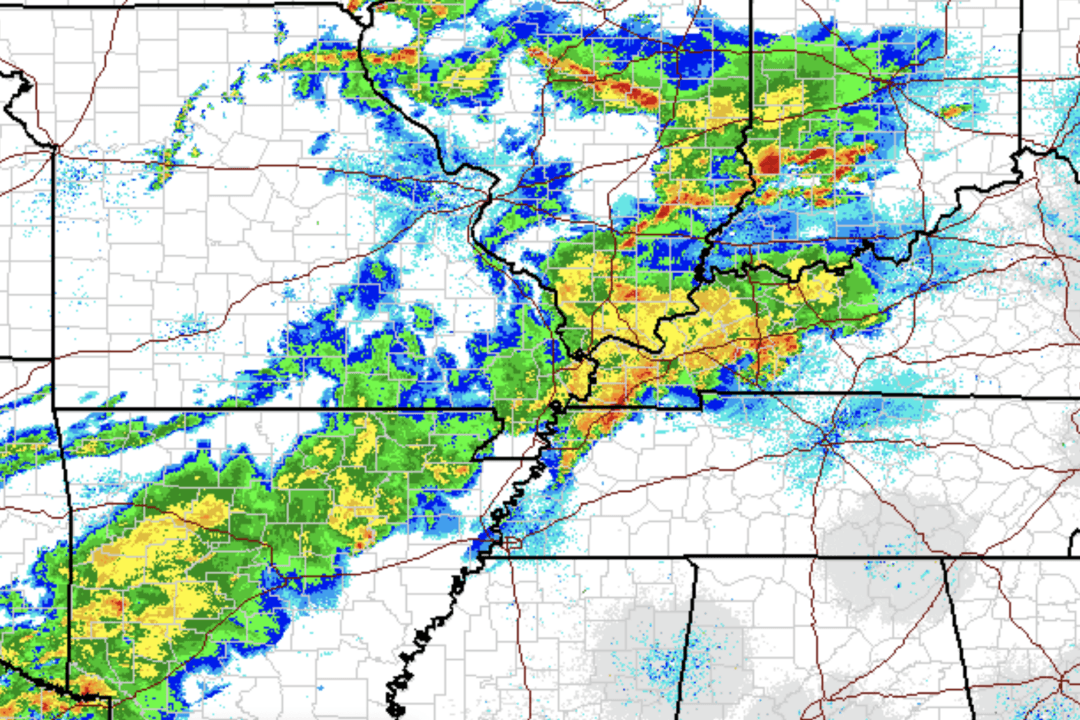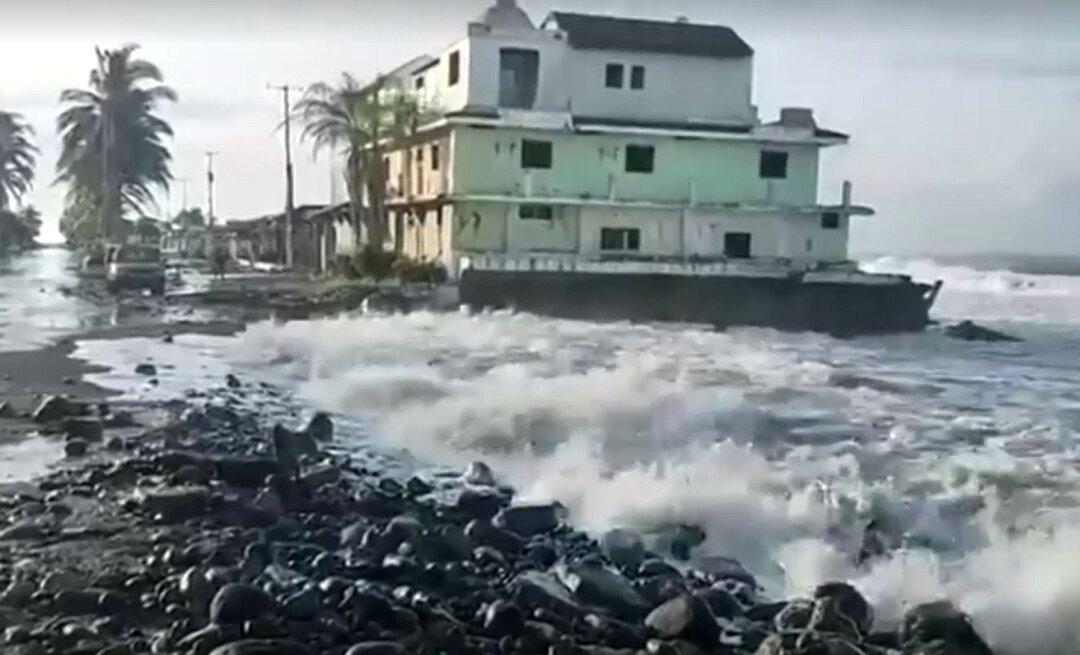For a 14th straight day, tornado sirens blared in several states as lines of severe storms rolled across the United States.
From Texas to New Jersey, meteorologists issued tornado warnings Wednesday as 34 million people were under an enhanced risk of severe weather.




